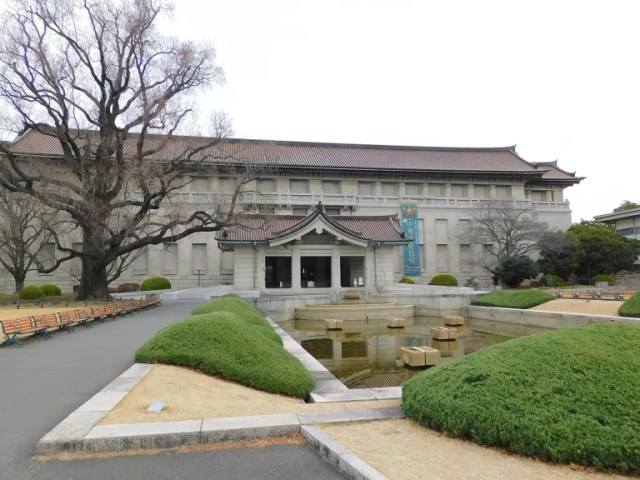
One of the Five Swords Under Heaven is now under the roof of this downtown museum.
Throughout the ages, there have been many great katana forged by swordsmiths in Japan. Five of them, though, are held to be the greatest of all, the ultimate examples of true artists putting all of their skill, knowledge, and soul into the blades they forged, and one of the five is said to have the power to slay a demon with a single stroke. Recently, our Japanese-language reporter Seiji Nakazawa heard news that this sword has recently surfaced in Tokyo, and so he set out to find it.
Those of you who are familiar with Seiji’s hobbies might think that he’s been watching too much anime and getting a little delusional with his daydreams. That’s not what’s happening here, though, as one of Japan’s five greatest swords really is currently being housed in the Tokyo National Museum and viewable by the public.
Those five storied swords are collectively known as the Tenka Goken, or Five Swords Under Heaven. Among them, the Dojigiri is especially revered, because of its connection to the legend of Shuten-doji, a demon that, according to legend, terrorized Kyoto roughly 1,000 years ago, during the Heian period. Shuten-doji’s crimes included the abduction and devouring of women from the capital, until the samurai Minamoto no Yorimitsu and his companions incapacitated Shuten-doji with divine sake and he slew the demon with his sword, the Dojigiri (Dojigiri translates as “Slayer of Doji”).
As with all historical legends, how much of that story is true is something that’s difficult to determine here in the present day. What is a fact, though, is that the Dojigiri is a real sword, forged hundreds of years ago and immaculately preserved, and that you can see it right now at the National Museum. Just purchase a ticket, head into the main hall of Building 1, and head into Room 13, on the right side of the first floor.
Once you’re in Room 13, turn to your left, and there it is.
Even from far away, Seiji could tell that this is a special sword. Despite being roughly a thousand years old, the Dojigiri still gleams brilliantly.
Historians have determined that the sword was forged by Yasutsuna, a master swordsmith who lived in a part of Western Japan that’s now Tottori Prefecture. The exact age of the sword is unknown, but it’s estimated to have been forged in the 10th to 12th century. Looking at it, though, you could be convinced that it’s a brand-new blade, as it’s been exquisitely cared for over the years.
That level of care has come from some very exalted owners, as the sword was passed from the lords of both the Ashikaga and Tokugawa shogunates, and then those of the Echizen Matsudaira and Tsuyama Matsudaira samurai clans. The Dojigiri is now officially designated as National Treasure by the Japanese government.
Compared to other katana from the era, Seiji was struck by how long and broad the blade is. It definitely looks like the sort of thing that could lop off a demon’s head.
Japanese swords are customarily displayed as the blade only, the better to observe the metalworking craftsmanship and the swordsmith’s signature mark, which is often chiseled into the hilt/tang. Katana scabbards, handles, and handguards are works of art in their own right too, though, and presented next to the Dojigiri, in the same case, are a set that was made for the demon-slaying sword sometime in the 17th century.
While the National Museum is open year-round, the Dojigiri isn’t always viewable, and sometimes isn’t even in Tokyo at all, if it’s scheduled to be part of an exhibition elsewhere. As of March 5, though, the museum has shuffled the selection of swords in Room 13, giving the Dojigiri a chance to literally shine.
The Dojigiri isn’t the only beautiful bladed artifact to be seen, of course. Also displayed nearby is a 17th century katana forged by the fabled Edo smith Kotetsu…
…and there’s even a Muramasa blade.
The Muramasa is especially interesting. Though the smith’s swords were renowned for their sharpness, multiple members of the family of shogun Tokugawa Ieyasu had their lives ended by a Muramasa sword, and Ieyasu himself suffered an injury in battle from an opponent wielding one. Rumors began to swirl that Muramasa swords were cursed, with the blades themselves thirsting for blood and driving their owners to madness, and their possession became banned by the shogunate. Many of those already in possession of a Muramasa took to modifying the tang signature to mask its maker, but the one currently on display at the National Museum, which was made in the 16th century, bears Muramasa’s unaltered name.
With one of the world’s finest collections of not only Japanese swords, but Japanese historical art in general, there’s always a wealth of amazing things to see at the National Museum. If you want to see the Doigiri, though, it’s scheduled to be on display until May 26.
Museum information
Tokyo National Museum / 館名 東京国立博物館
Address: Tokyo-to, Taito-ku, Uenokoen 13-9
東京都台東区上野公園13-9
Open 9:30 a.m.-5 p.m. (Sunday, Tuesday-Thursday), 9:30 a.m.-7 p.m. (Friday, Saturday)
Closed Mondays (open if Monday is a holiday, in which case closed the following day)
Website
Photos ©SoraNews24
● Want to hear about SoraNews24’s latest articles as soon as they’re published? Follow us on Facebook and Twitter!
[ Read in Japanese ]

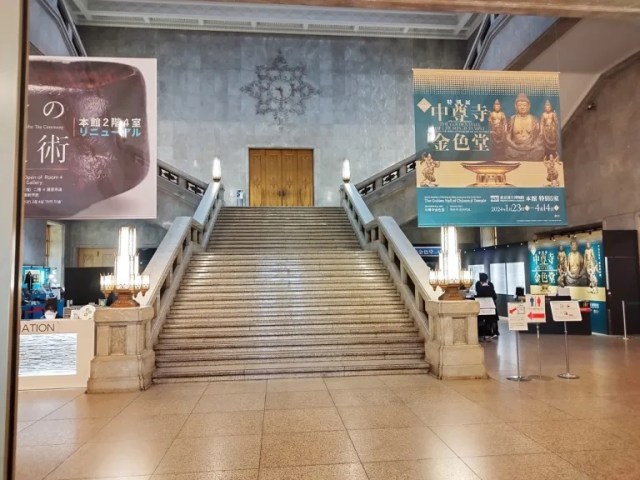
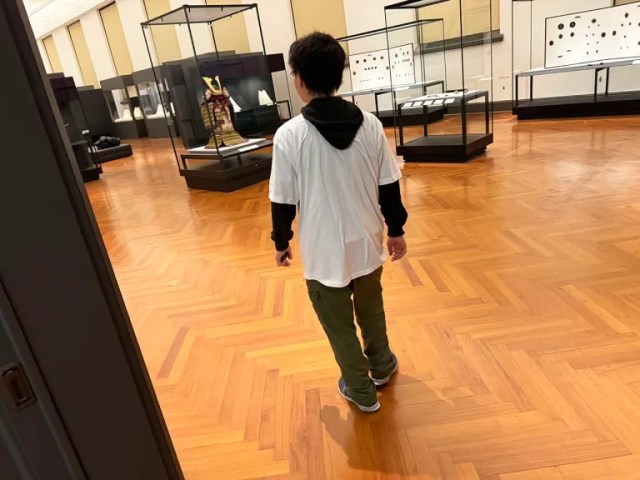
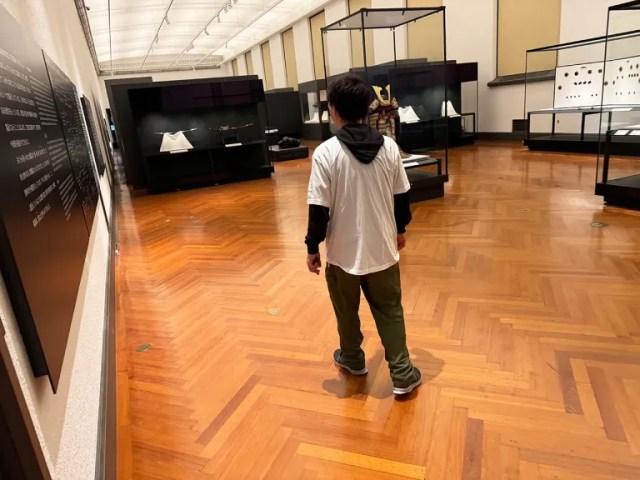
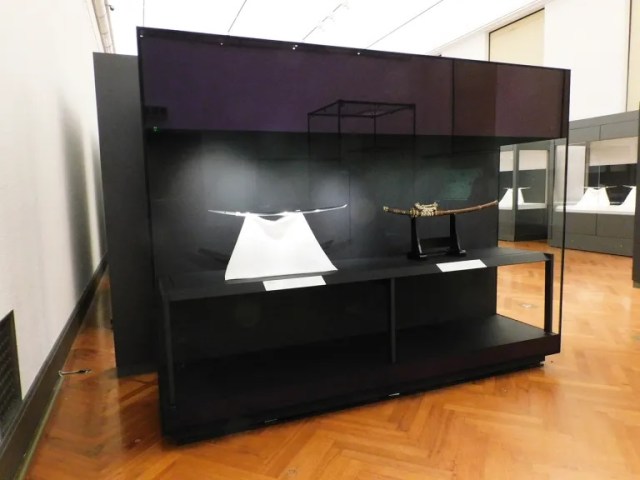
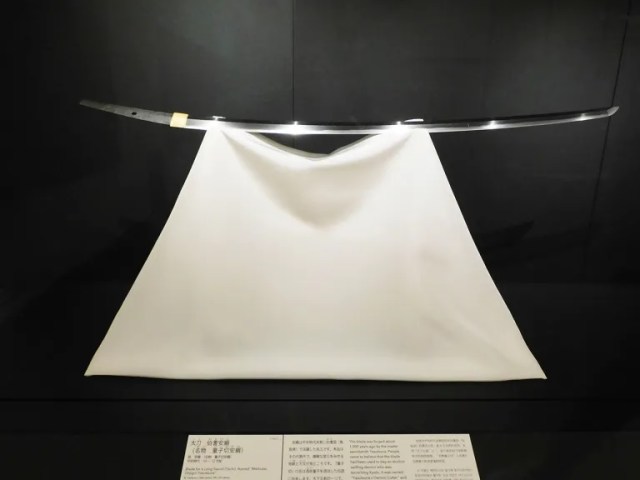
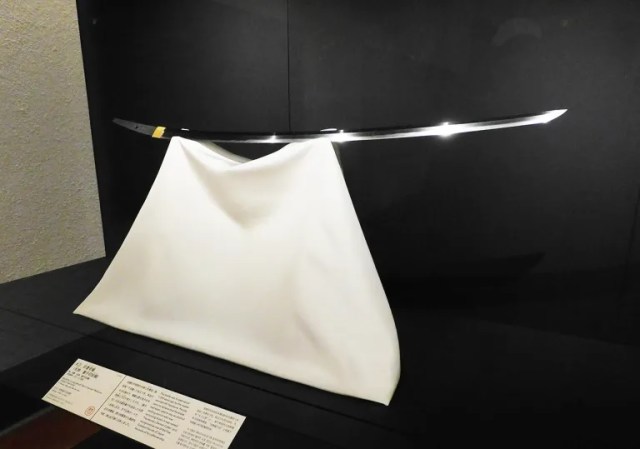
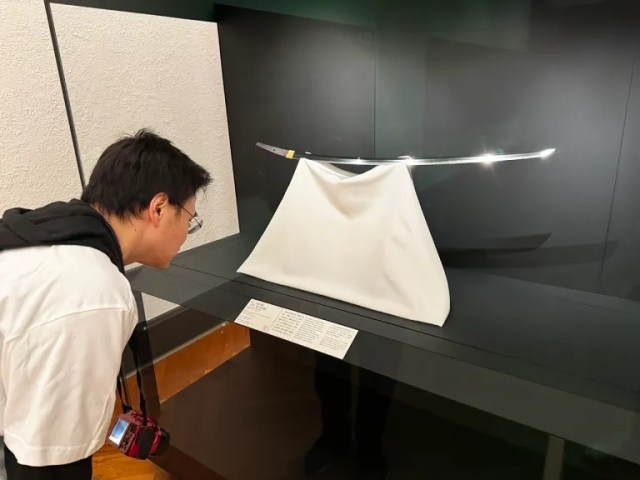
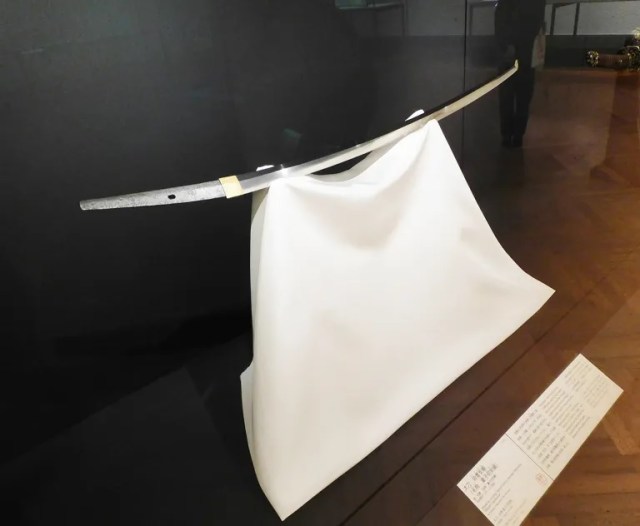
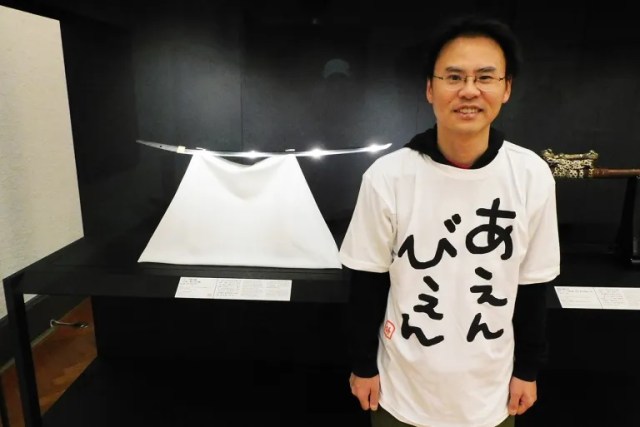
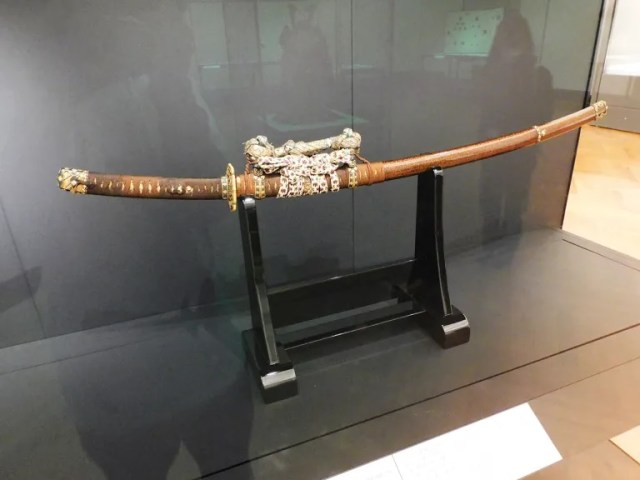
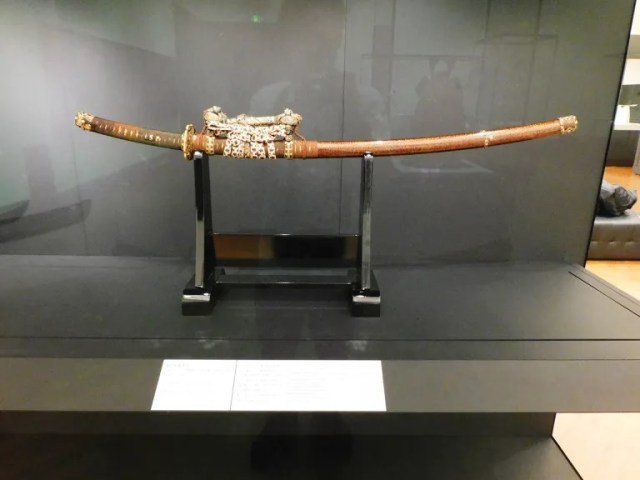

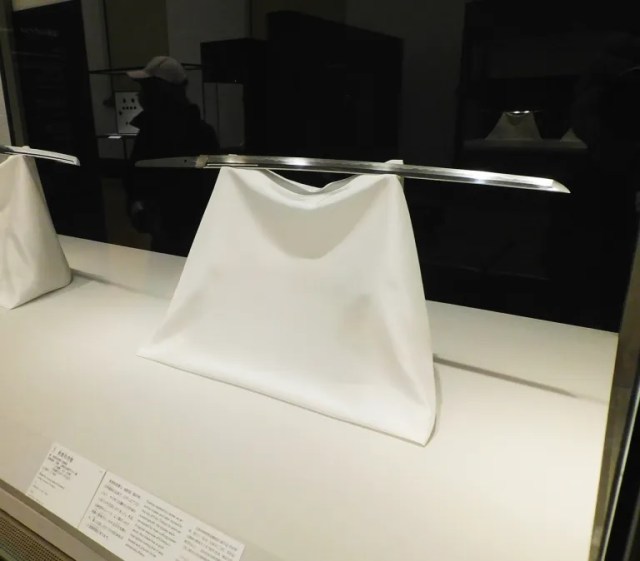
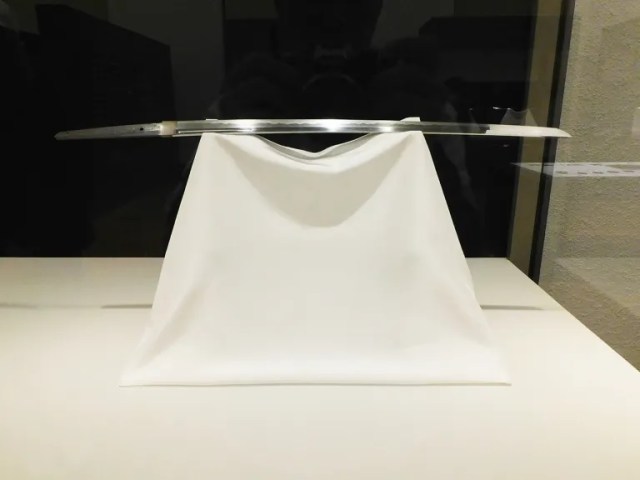
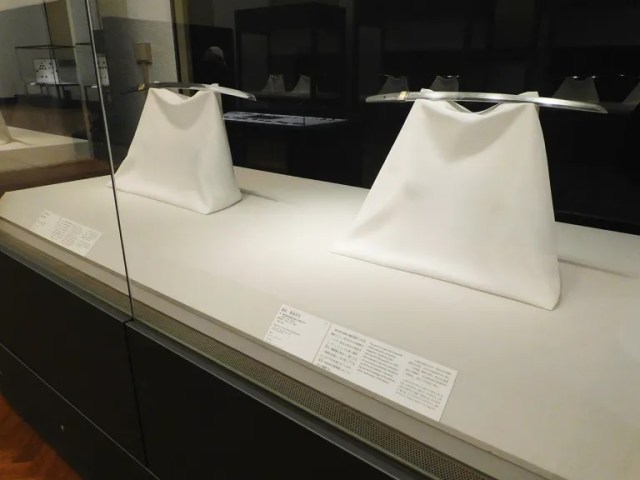
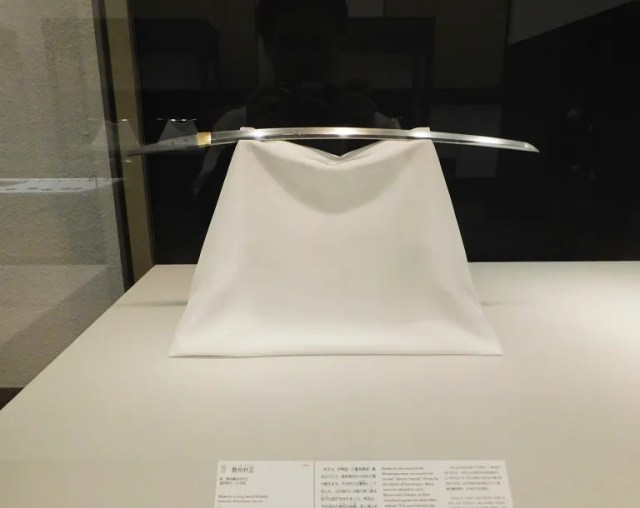
 Amazing exhibition of Japan’s legendary “cursed katana” is going on right now【Photos】
Amazing exhibition of Japan’s legendary “cursed katana” is going on right now【Photos】 Legendary crescent moon katana, one of Japan’s Five Swords Under Heaven, now on display in Tokyo
Legendary crescent moon katana, one of Japan’s Five Swords Under Heaven, now on display in Tokyo Scholars confirm first discovery of Japanese sword from master bladesmith Masamune in 150 years
Scholars confirm first discovery of Japanese sword from master bladesmith Masamune in 150 years Genuine Muramasa blade and Muromachi katana on display at Tokyo’s Touken Ranbu store【Photos】
Genuine Muramasa blade and Muromachi katana on display at Tokyo’s Touken Ranbu store【Photos】 Real-life Rurouni Kenshin reverse-blade katana, forged by master swordsmith, now on display【Pics】
Real-life Rurouni Kenshin reverse-blade katana, forged by master swordsmith, now on display【Pics】 Japanese city loses residents’ personal data, which was on paper being transported on a windy day
Japanese city loses residents’ personal data, which was on paper being transported on a windy day Foreigner’s request for help in Tokyo makes us sad for the state of society
Foreigner’s request for help in Tokyo makes us sad for the state of society Should you add tartar sauce to Japanese curry rice? CoCo Ichi makes diners an unusual offer
Should you add tartar sauce to Japanese curry rice? CoCo Ichi makes diners an unusual offer Ghibli Park now selling “Grilled Frogs” from food cart in Valley of Witches
Ghibli Park now selling “Grilled Frogs” from food cart in Valley of Witches Seaside scenery, history, and so many desserts on Yokohama’s Akai Kutsu【Japan Loop Buses】
Seaside scenery, history, and so many desserts on Yokohama’s Akai Kutsu【Japan Loop Buses】 Historical figures get manga makeovers from artists of Spy x Family, My Hero Academia and more
Historical figures get manga makeovers from artists of Spy x Family, My Hero Academia and more Mt. Koya planning to instate visitor’s tax to cope with huge tourist numbers
Mt. Koya planning to instate visitor’s tax to cope with huge tourist numbers Beautiful Ghibli sealing wax kits let you create accessories and elegant letter decorations【Pics】
Beautiful Ghibli sealing wax kits let you create accessories and elegant letter decorations【Pics】 Suntory x Super Mario collaboration creates a clever way to transform into Mario【Videos】
Suntory x Super Mario collaboration creates a clever way to transform into Mario【Videos】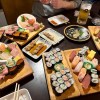 Shinjuku izakaya’s all-you-can-eat-and-drink plan is one of Tokyo’s best secret cheap eats
Shinjuku izakaya’s all-you-can-eat-and-drink plan is one of Tokyo’s best secret cheap eats McDonald’s new Happy Meals offer up cute and practical Sanrio lifestyle goods
McDonald’s new Happy Meals offer up cute and practical Sanrio lifestyle goods Japanese ramen restaurants under pressure from new yen banknotes
Japanese ramen restaurants under pressure from new yen banknotes French Fries Bread in Tokyo’s Shibuya becomes a hit on social media
French Fries Bread in Tokyo’s Shibuya becomes a hit on social media Studio Ghibli releases new action figures featuring Nausicaä of the Valley of the Wind characters
Studio Ghibli releases new action figures featuring Nausicaä of the Valley of the Wind characters New private rooms on Tokaido Shinkansen change the way we travel from Tokyo to Kyoto
New private rooms on Tokaido Shinkansen change the way we travel from Tokyo to Kyoto Red light district sushi restaurant in Tokyo shows us just how wrong we were about it
Red light district sushi restaurant in Tokyo shows us just how wrong we were about it Tokyo Tsukiji fish market site to be redeveloped with 50,000-seat stadium, hotel, shopping center
Tokyo Tsukiji fish market site to be redeveloped with 50,000-seat stadium, hotel, shopping center All-you-can-drink Starbucks and amazing views part of Tokyo’s new 170 meter-high sky lounge
All-you-can-drink Starbucks and amazing views part of Tokyo’s new 170 meter-high sky lounge Studio Ghibli releases Kiki’s Delivery Service chocolate cake pouches in Japan
Studio Ghibli releases Kiki’s Delivery Service chocolate cake pouches in Japan New definition of “Japanese whiskey” goes into effect to prevent fakes from fooling overseas buyers
New definition of “Japanese whiskey” goes into effect to prevent fakes from fooling overseas buyers Our Japanese reporter visits Costco in the U.S., finds super American and very Japanese things
Our Japanese reporter visits Costco in the U.S., finds super American and very Japanese things Studio Ghibli unveils Mother’s Day gift set that captures the love in My Neighbour Totoro
Studio Ghibli unveils Mother’s Day gift set that captures the love in My Neighbour Totoro More foreign tourists than ever before in history visited Japan last month
More foreign tourists than ever before in history visited Japan last month New Pokémon cakes let you eat your way through Pikachu and all the Eevee evolutions
New Pokémon cakes let you eat your way through Pikachu and all the Eevee evolutions Sales of Japan’s most convenient train ticket/shopping payment cards suspended indefinitely
Sales of Japan’s most convenient train ticket/shopping payment cards suspended indefinitely Sold-out Studio Ghibli desktop humidifiers are back so Totoro can help you through the dry season
Sold-out Studio Ghibli desktop humidifiers are back so Totoro can help you through the dry season Japanese government to make first change to romanization spelling rules since the 1950s
Japanese government to make first change to romanization spelling rules since the 1950s Ghibli founders Toshio Suzuki and Hayao Miyazaki contribute to Japanese whisky Totoro label design
Ghibli founders Toshio Suzuki and Hayao Miyazaki contribute to Japanese whisky Totoro label design Doraemon found buried at sea as scene from 1993 anime becomes real life【Photos】
Doraemon found buried at sea as scene from 1993 anime becomes real life【Photos】 Tokyo’s most famous Starbucks is closed
Tokyo’s most famous Starbucks is closed One Piece characters’ nationalities revealed, but fans have mixed opinions
One Piece characters’ nationalities revealed, but fans have mixed opinions We asked a Uniqlo employee what four things we should buy and their suggestions didn’t disappoint
We asked a Uniqlo employee what four things we should buy and their suggestions didn’t disappoint Princesses, fruits, and blacksmiths: Study reveals the 30 most unusual family names in Japan
Princesses, fruits, and blacksmiths: Study reveals the 30 most unusual family names in Japan This hotel has one of the coolest katana collections in Japan, and admission is totally free【Pics】
This hotel has one of the coolest katana collections in Japan, and admission is totally free【Pics】 Japan is running out of swordsmiths, and a strict apprenticeship requirement is a big reason why
Japan is running out of swordsmiths, and a strict apprenticeship requirement is a big reason why Demon-slaying Dojigiri, one of Japan’s Five Swords Under Heaven, now on display at Kasuga Shrine
Demon-slaying Dojigiri, one of Japan’s Five Swords Under Heaven, now on display at Kasuga Shrine Japan’s legendary Brother Katana might not be brothers after all? Investigating the mystery【Pics】
Japan’s legendary Brother Katana might not be brothers after all? Investigating the mystery【Pics】 Real-life Rurouni Kenshin reverse-blade katana now on display in Tokyo【Photos】
Real-life Rurouni Kenshin reverse-blade katana now on display in Tokyo【Photos】 Real-life Rurouni Kenshin katana forged based on sword of series’ most merciless villain【Photos】
Real-life Rurouni Kenshin katana forged based on sword of series’ most merciless villain【Photos】 “Katana steel cookies” are the latest sweet treat from Japan’s samurai sword capital【Taste test】
“Katana steel cookies” are the latest sweet treat from Japan’s samurai sword capital【Taste test】 Japanese samurai sword ice cream crafted by master swordsmith from famous katana town of Seki
Japanese samurai sword ice cream crafted by master swordsmith from famous katana town of Seki Swords of famous samurai reborn as beautiful kitchen knives from Japan’s number-one katana town
Swords of famous samurai reborn as beautiful kitchen knives from Japan’s number-one katana town Slice into a traditional sweet range with some of Japan’s most famous swords
Slice into a traditional sweet range with some of Japan’s most famous swords Final Fantasy artist Yoshitaka Amano anthropomorphizes katana made from a meteorite
Final Fantasy artist Yoshitaka Amano anthropomorphizes katana made from a meteorite Katana of four of Japan’s greatest samurai turned into gorgeous scissors
Katana of four of Japan’s greatest samurai turned into gorgeous scissors We visit the awesome new Samurai Museum in Shinjuku【Photos】
We visit the awesome new Samurai Museum in Shinjuku【Photos】 Wear a genuine piece of Japanese sword around your neck with beautiful new jewellery range
Wear a genuine piece of Japanese sword around your neck with beautiful new jewellery range Samurai sword hunt begins as storm washes away blacksmith’s warehouse in Gifu Prefecture
Samurai sword hunt begins as storm washes away blacksmith’s warehouse in Gifu Prefecture Katana coasters! Samurai sword tableware brings bushido to your home
Katana coasters! Samurai sword tableware brings bushido to your home
Leave a Reply